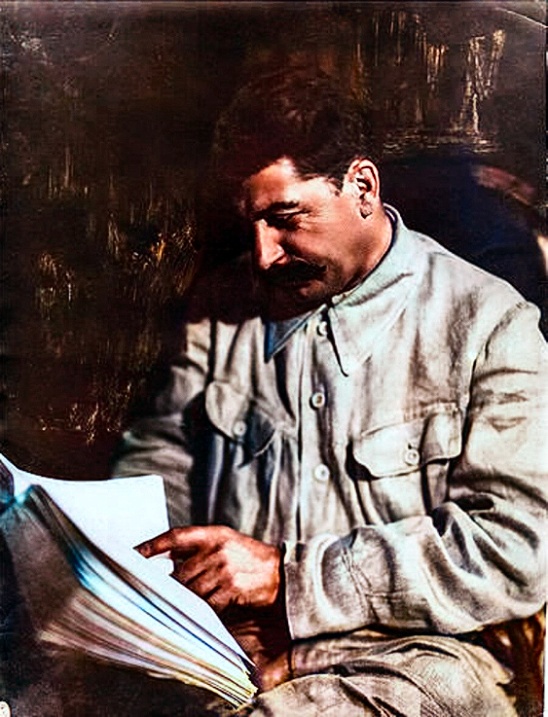Image is of President Hakainde Hichilema and President Xi Jinping on September 15th, from this article.
Zambia is a country of 20 million people, located in southern Africa. Breaking free from British rule in the 1960s, the new government was a one party state ruled by the socialist UNIP party with its leader Kenneth Kaunda, who was a strong supporter of the Non-Aligned Movement (and was its chairman from 1970-73). Its economy has been and remains characterised by copper exports - it is the second-largest copper exporter in Africa - and the economy deeply struggled in the 1970s due to the price of copper plunging. After the fall of the USSR, and due to violent protests, Kaunda stepped down and instituted a multiparty democracy, which has been maintained without (successful) coups to this day, though there are warnings by the leader that some are plotting a coup, given the trend right now.AA
Earlier this year, in June, Zambia struck a deal to restructure the $6.3 billion in debt that they are burdened with, of which China is the single largest creditor.Reuters Though he has typically been more West-friendly, last week, President Hichilema traveled to China for two days, meeting with various companies, and Xi Jinping himself. They elevated their relationship to that of a comprehensive strategic cooperative partnership.Xinhua He and Xi have agreed to the increased use of local currencies in trade.BB
Hichilema said Zambia thanks China for supporting the African Union’s entry into the G20 and China’s positive role in resolving the Zambian debt issue. The Zambian side abides by the one-China principle, highly appreciates the guiding philosophy and principles of Chinese modernization, and hopes to learn from China’s development experience.
Hichilema has also said:AN
“We can do more, faster, because the needs are tremendous in Zambia. I heard some of the solutions are here. All we need to do is to combine the two together.”
Check out @Othello@hexbear.net’s discussion of The Wretched of the Earth!
The Country of the Week is Singapore! Feel free to chime in with books, essays, longform articles, even stories and anecdotes or rants. More detail here.
Here is the map of the Ukraine conflict, courtesy of Wikipedia.
The news summary for last week is here!
Links and Stuff
The bulletins site is down.
Examples of Ukrainian Nazis and fascists
Examples of racism/euro-centrism during the Russia-Ukraine conflict
Add to the above list if you can.
Resources For Understanding The War
Defense Politics Asia’s youtube channel and their map. Their youtube channel has substantially diminished in quality but the map is still useful.
Moon of Alabama, which tends to have interesting analysis. Avoid the comment section.
Understanding War and the Saker: reactionary sources that have occasional insights on the war.
Alexander Mercouris, who does daily videos on the conflict. While he is a reactionary and surrounds himself with likeminded people, his daily update videos are relatively brainworm-free and good if you don’t want to follow Russian telegram channels to get news. He also co-hosts The Duran, which is more explicitly conservative, racist, sexist, transphobic, anti-communist, etc when guests are invited on, but is just about tolerable when it’s just the two of them if you want a little more analysis.
On the ground: Patrick Lancaster, an independent and very good journalist reporting in the warzone on the separatists’ side.
Unedited videos of Russian/Ukrainian press conferences and speeches.
Telegram Channels
Again, CW for anti-LGBT and racist, sexist, etc speech, as well as combat footage.
Pro-Russian
https://t.me/aleksandr_skif ~ DPR’s former Defense Minister and Colonel in the DPR’s forces. Russian language.
https://t.me/Slavyangrad ~ A few different pro-Russian people gather frequent content for this channel (~100 posts per day), some socialist, but all socially reactionary. If you can only tolerate using one Russian telegram channel, I would recommend this one.
https://t.me/s/levigodman ~ Does daily update posts.
https://t.me/patricklancasternewstoday ~ Patrick Lancaster’s telegram channel.
https://t.me/gonzowarr ~ A big Russian commentator.
https://t.me/rybar ~ One of, if not the, biggest Russian telegram channels focussing on the war out there. Actually quite balanced, maybe even pessimistic about Russia. Produces interesting and useful maps.
https://t.me/epoddubny ~ Russian language.
https://t.me/boris_rozhin ~ Russian language.
https://t.me/mod_russia_en ~ Russian Ministry of Defense. Does daily, if rather bland updates on the number of Ukrainians killed, etc. The figures appear to be approximately accurate; if you want, reduce all numbers by 25% as a ‘propaganda tax’, if you don’t believe them. Does not cover everything, for obvious reasons, and virtually never details Russian losses.
https://t.me/UkraineHumanRightsAbuses ~ Pro-Russian, documents abuses that Ukraine commits.
Pro-Ukraine
Almost every Western media outlet.
https://discord.gg/projectowl ~ Pro-Ukrainian OSINT Discord.
https://t.me/ice_inii ~ Alleged Ukrainian account with a rather cynical take on the entire thing.
Last week’s discussion post.


SMIC Well on Its Way to 5-nm Breakthrough, Observers Say
In summation:
God all of this language is just so blatant it’s a fucking farce. “We’re trying everything we can to keep China from developing their technology” and 99% of our god damn propagandized to hell people either don’t read that and think hmm why the fuck would one nation do that to another nation, or they read it and they understand completely and are just genocidal bootlicker fucks
🕒 :problem:
:problem:
deleted by creator